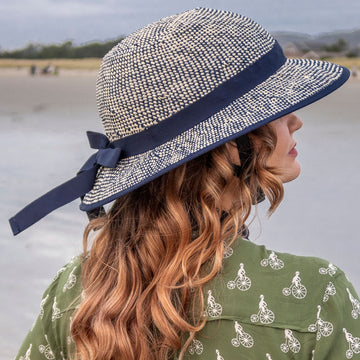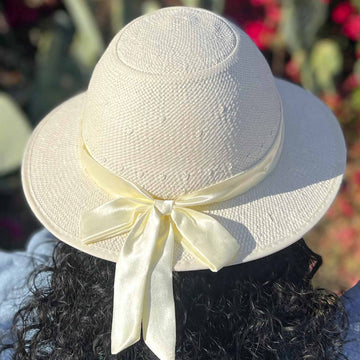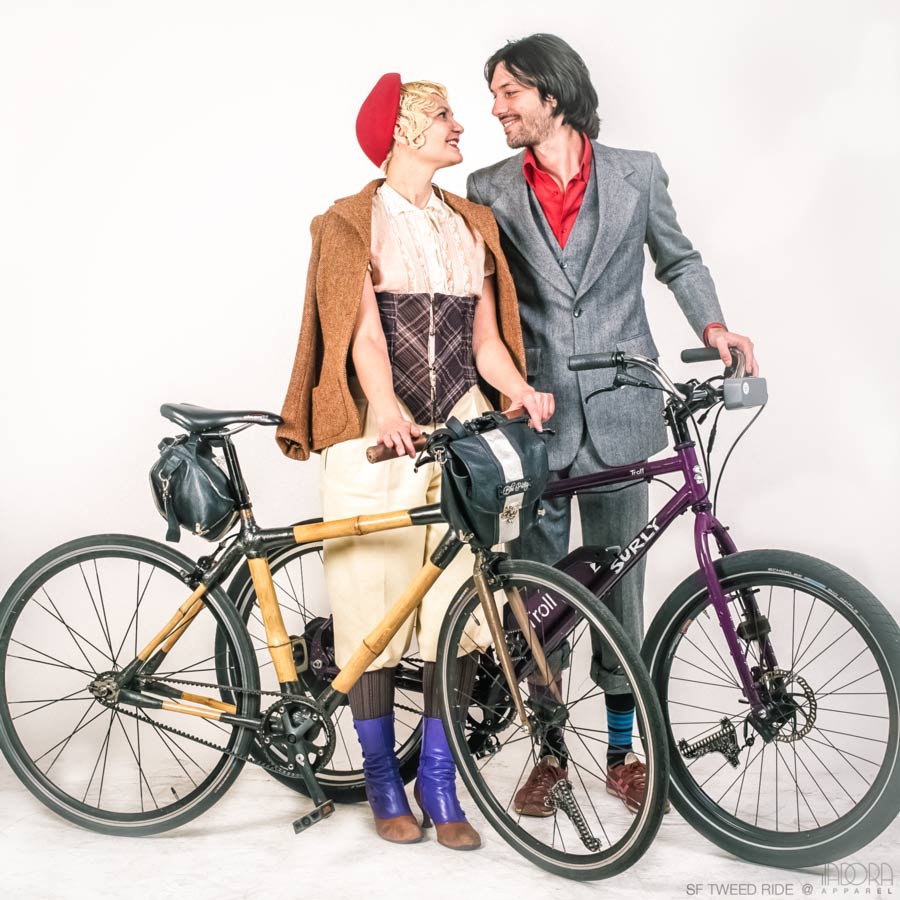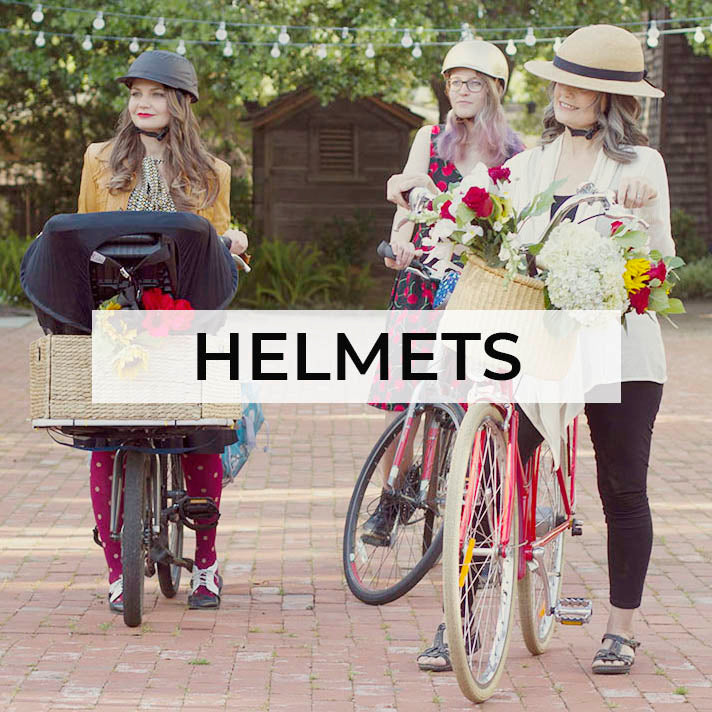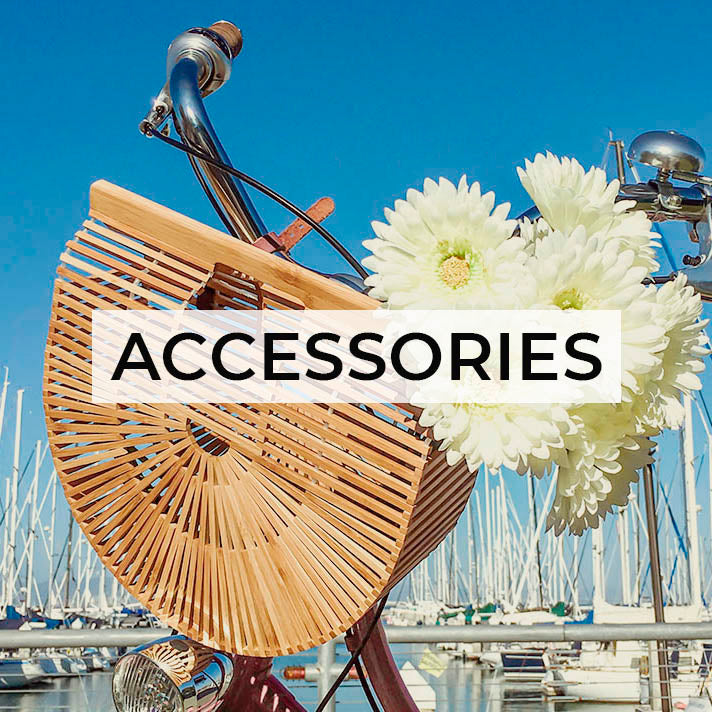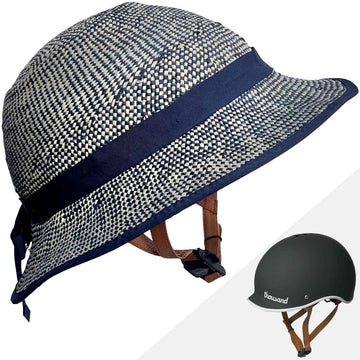How to start biking even if you don't feel athletic
Starting biking can be a daunting experience, especially if you feel like you might not be athletic enough. The good news is that riding a bike is a low-impact exercise that can be enjoyed by people of all ages and fitness levels. There are many different types of bikes available, from beach cruisers to pedal-assisting electric bikes to adaptive bikes, so finding the right one to suit your needs is definitely possible.

Don't compare yourself to others: When starting out with any new activity, it can be tempting to compare ourselves to others who are more experienced. However, this is counterproductive and can be discouraging. Remember that everyone starts somewhere, and you should focus on your own progress rather than analyzing the performance of others.
Start Slow
One of the most important things to remember when starting biking is to start slow. You don't need to be an avid cyclist to enjoy the sport. It's okay to take it easy and work your way up. Robin York advises that you start with a slow and flat test ride. This will help you get used to the feel of the bike and build up your confidence. As you become more comfortable on the bike, gradually increase the distance and difficulty of your rides. Lisa Kircher Hollenbeck suggests "Don’t think you have to be ambitious. Choose a flat relaxed trail if you can. Commit to ride for a very short period of time like ten minutes and tell yourself you will ride 20-30 min maximum even if you feel great. Within a very few rides you’ll notice an increase in fitness.”
Try Different Bicycles
Experiencing the right bike is essential to enjoying your cycling ease. Michael Clark suggests, choose the bike that makes you feel the most comfortable instead of one that offers (supposed) performance benefits. You don't need a fancy racing bike to enjoy cycling. Consider getting a bike with a step-through frame or a beach cruiser, which are both comfortable and easy to ride.
If you're not sure what type of bike is best for you, visit your local bike shop and ask for advice for picking out a bike for an adult beginner. As Susanne Ellis advises, "I use a recumbent bike. I love it." Recumbent bikes are a great option for people who are not comfortable with traditional bicycle geometry. Going for a test ride will teach you a lot. And don’t sleep on adaptive bicycles, tricycles, or mobility devices like the Alinker!

Don't be afraid to ask for help: If you're unsure about anything related to biking, just ask! Reach out to biking communities or local bike shops for advice or guidance. Most people are happy to help newcomers get started.
Simplify Your Gear
Having the right accessories will add a lot to your cycling experience but it takes time and experimentation so try to keep things simple. A lot of riders feel more confident when wearing a comfortable bicycle helmet that fits properly and looks nice. You don’t need special clothes to ride. Choose comfortable clothing that allows you to move freely. And if you’re interested in riding distances for more than a few miles, pick up a pair of padded shorts to wear under your skirt or trousers. That little bit of cushion can help make longer rides more comfortable, and make it that much more likely that you’ll be willing to get back on the saddle when it’s time to ride again.
Join a Group Ride
Participating in a group ride is a great way to meet other people and also improve your knowledge of the best-biking routes in your area. Check on Facebook for local events like a Tweed Ride, Bike Party, or Slow Roll. If your area has a bicycle coalition, check their events calendar for rides that are open to beginners or are specifically labeled “no drop”. And if you’re really lucky, your local bike shop will also host a regular ride that is beginner-friendly.
Rey Gonzaga recommends, ride with fellow beginners (especially important if your spouse is a hardcore cyclist!) and target short, easy rides. Bike to destinations that you'll enjoy like a restaurant or coffee shop or tourist spot that you've always wanted to try. This will make your rides more enjoyable and gives you something to look forward to.
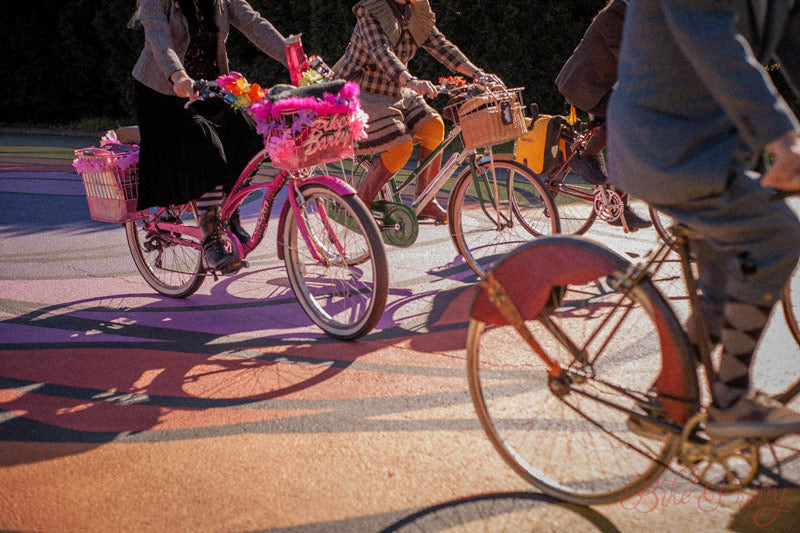
Make it fun: The more you enjoy biking, the more likely you are to stick with it. Experiment with different routes and types of bikes to find what works best for you. You can also make it a social activity by joining a biking group or finding a friend to ride with.
Try an Electric Bike
If you're worried about not being fit enough to cycle, consider getting an electric bike with a pedal-assist motor. As Scott Taylor and Sarah Frumento both point out, electric bikes provide a motorized boost that helps propel you forward. You still need to pedal, but the motor makes it easier to climb hills and cover longer distances. An electric bike can help you get started with cycling and build up your fitness gradually. And if you’re concerned about feeling like you might lose control of the motor, remember these magic words when picking out an e-bike “pedal assist”.
Give Yourself Grace
Riding a bike is an excellent way to improve your fitness. According to Stan Mustard, don't worry about pushing yourself hard, stay with it and you'll get athletic. Any trainer or expert will tell you, fitness builds gradually over time and with consistent practice. Start with shorter rides that are easy for you to work into your schedule and current energy level. You’ll notice that with practice you will gradually increase the distance and intensity of your rides. This will help you build up your endurance and improve your fitness over time.

Build up gradually: It's important to start slowly and build up gradually to avoid injury and burnout. Don't push yourself too hard at first and listen to your body. As you build up your strength and endurance, you can gradually increase the length and intensity of your rides.
Start Slowly
Many of my biking buddies recommend starting with short trips and no time pressure. Following this excellent advice allows your body to adjust to the demands of riding a bike. It's also important to remember that you don't have to go far or fast when starting. It's better to focus on enjoying the ride and building your confidence than trying to push yourself too hard.
Honor Your Body
It’s true that riding a bike can be tough on your body, especially if you're not used to it! A few gentle stretches before and after your rides will feel absolutely amazing. Shannan Dailey wisely points out, it takes about a month of regular riding for your butt to stop hurting. While you are getting used to the saddle, consider wearing those aforementioned padded shorts for every ride. There’s no need to break the bank, an inexpensive pair from Amazon or Walmart will help a lot! I also try to plan my bike rides so that I am taking water breaks at regular intervals and I always pack a little snack like a peanut butter and jelly sandwich.

Celebrate your accomplishments: When you reach a goal or make progress, take a moment to celebrate your accomplishments. This can help boost your motivation and get you inspired to keep going.
Have Fun
Most importantly, have fun! Randy Shore says, "don't make everything a chore!" Cycling should be enjoyable and something you look forward to. Explore new routes, take in the scenery, and enjoy the fresh air. If you find yourself getting bored, mix things up by trying different types of rides or joining a new group.
Starting biking can be a fantastic way to improve your fitness, enjoy the outdoors, and build community. Remember to start slow, experiment by trying different bikes, don’t stress about the gear, join a group ride or two, consider getting an electric bike, take care of your body, and most importantly, have fun. So what are you waiting for? Get on your bike and start exploring!

